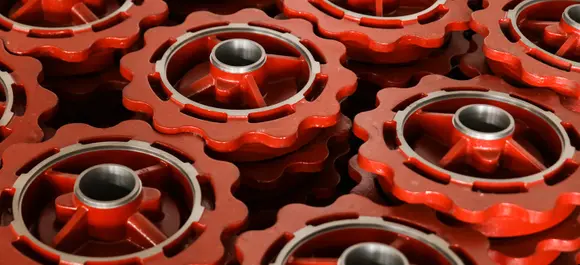Mobile:+86-311-808-126-83
Email:info@ydcastings.com
Compression Fitting End Cap Design for Efficient Fluid System Integration and Performance Optimization
Understanding Compression Fitting End Caps A Comprehensive Overview
Compression fitting end caps are essential components in various plumbing, HVAC, and industrial applications, providing a reliable method for sealing and terminating the ends of pipes or tubes. Their design allows for easy installation and maintenance, making them popular among contractors and DIY enthusiasts alike. In this article, we will explore the importance, functionality, and installation process of compression fitting end caps.
What is a Compression Fitting End Cap?
A compression fitting end cap is a type of fitting that is used to close the end of a pipe or tubing. Made from materials such as brass, stainless steel, or plastic, these end caps are designed to create a tight seal when secured onto the pipe. The mechanism involves an outer nut that compresses a ferrule (or ring) around the pipe, providing a leak-proof connection. This type of fitting is particularly favored for its simplicity and reliability, often used in applications where pressure and fluid integrity are crucial.
Applications of Compression Fitting End Caps
Compression fitting end caps are utilized across a variety of sectors, including residential plumbing, irrigation systems, and industrial processes. In plumbing, they are often found at the end of water supply lines, ensuring no leaks occur. In HVAC systems, they help seal refrigerant lines, preventing gas escape and maintaining system efficiency. Additionally, these fittings are used in the oil and gas industry, chemical plants, and food processing facilities, where their ability to withstand pressure and chemical exposure is essential.
Advantages of Compression Fitting End Caps
One of the primary advantages of compression fitting end caps is their ease of installation. Unlike welded or soldered fittings, compression fittings do not require special tools or skills, making them accessible for various users. They can be installed quickly, which is beneficial for both large-scale industrial installations and smaller home projects.
Another notable benefit is their versatility. Compression fittings are compatible with a wide range of materials, including copper, aluminum, and plastic. This compatibility makes them suitable for diverse applications and environments. Furthermore, compression fittings tend to provide a strong, robust connection that can withstand high-pressure scenarios, making them an excellent choice for demanding situations.
Installation Process
compression fitting end cap

Installing a compression fitting end cap is a straightforward process
. Here are the steps typically involved1. Preparation Begin by ensuring the pipe is clean and free of debris. Cut the pipe to the desired length if necessary, using a suitable cutting tool to ensure a smooth edge.
2. Select the Correct Size Choose an end cap that matches the diameter of the pipe or tubing. This is crucial for ensuring a proper fit and seal.
3. Insert the Ferrule Slide the ferrule (ring) onto the end of the pipe. Ensure that it is positioned correctly, as this is vital for creating a tight seal.
4. Thread on the End Cap Place the compression end cap over the ferrule. Begin threading it onto the pipe, being careful not to cross-thread.
5. Tighten Use a wrench to tighten the end cap. Be cautious not to overtighten, as this could damage the fitting or the pipe itself.
6. Check for Leaks After installation, it is essential to check the connection for any leaks. This can be done by applying pressure to the system and observing if any fluid escapes.
Conclusion
Compression fitting end caps play a vital role in a wide range of applications, providing a simple yet effective solution for sealing pipe ends. Their ease of installation, versatility, and ability to maintain pressure make them indispensable in various settings. Whether you're a professional tradesperson or a DIY enthusiast, understanding how to choose and install compression fitting end caps can enhance your project’s efficiency and longevity, ensuring a leak-free installation that meets industry standards.
-
Automobile Water Pumps in Vehicle PerformanceNewsMay.21,2025
-
Valve Box Cover Cast Iron: The Backbone of Fluid Control SystemsNewsMay.21,2025
-
Pump Impeller in Fluid DynamicsNewsMay.21,2025
-
Baffled Oil Pans in Racing Cars: How They Improve PerformanceNewsMay.21,2025
-
Compressor Housing Turbo in Pump EngineeringNewsMay.21,2025
-
Why Oil Pan Thickness Matters for Engine SafetyNewsMay.21,2025











